RSS
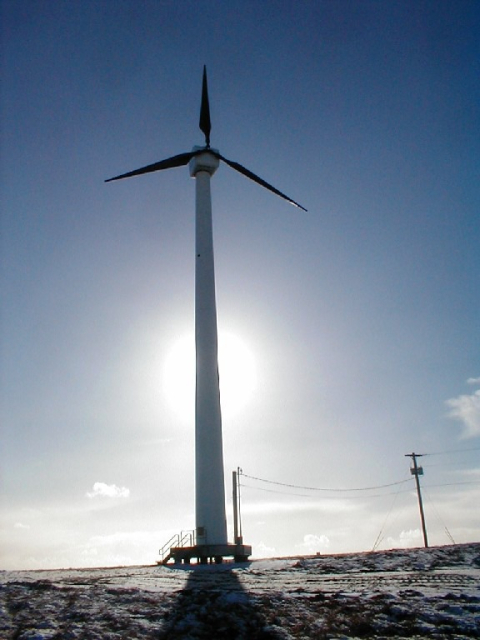
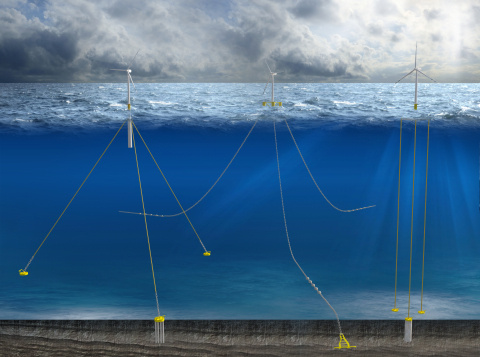
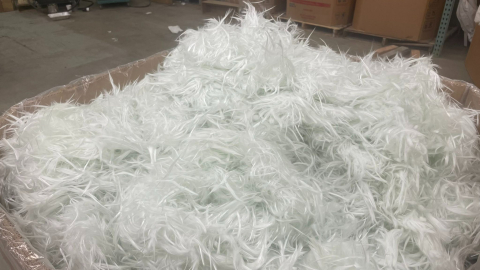
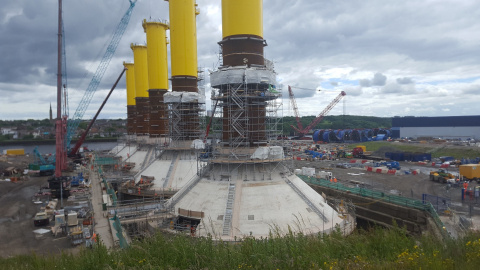
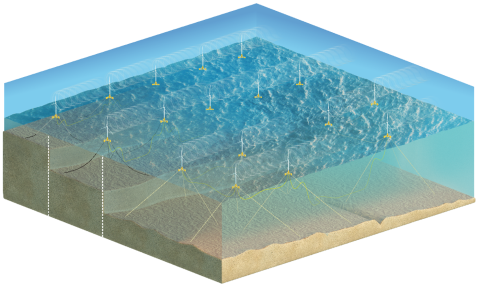
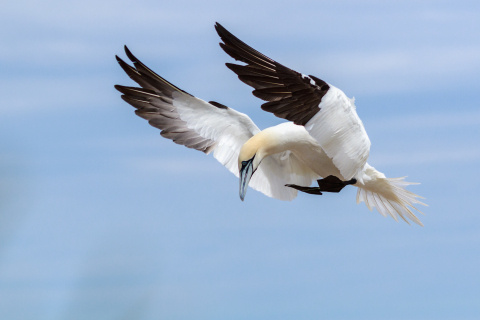

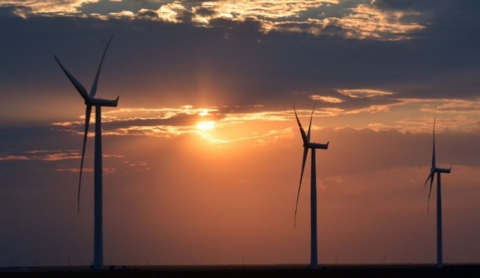
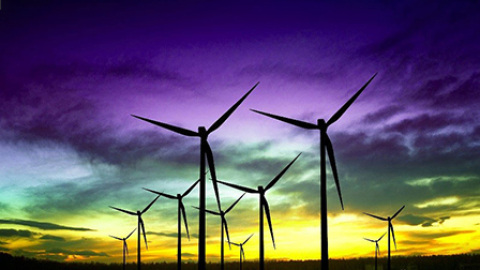
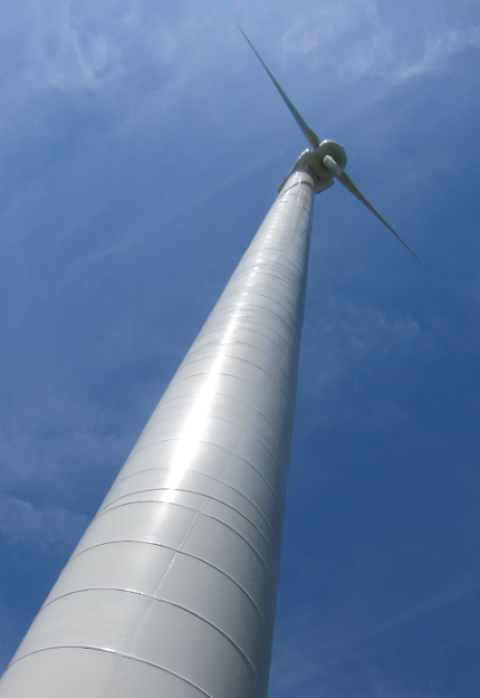
Below are stories about next-generation technologies featured by the U.S. Department of Energy (DOE) Wind Energy Technologies Office.
Subscribe to the WETO E-Newsletter
Subscribe to the WETO e-newsletter to stay informed on the latest wind energy news, events, publications, and updates.
WETO is supporting an open call and invites applications for technology innovations that address technology gaps for distributed, land-based, and offshore wind.

DOE Requests Information on Floating Offshore Wind Energy Mooring and Anchoring

Company Commercializes the Only Currently-Available Technology that can Recycle Fiberglass From Decommissioned Wind Turbine Blades

The use of concrete support structures for offshore wind turbines offers many potential advantages over towers comprised of only steel, including greater durability, a longer lifespan, increased local labor opportunities, and much quieter installations.

By developing a design toolset and reference designs for large-scale U.S. floating offshore wind farms, the Floating Offshore Wind Array Design project will inform design decisions and help ensure cost-efficient and responsible deployment.

Working Together to Resolve Environmental Effects of Wind Energy (WREN) was established with a primary objective to facilitate international collaboration and advance global understanding of potential environmental effects of wind energy.

DOE’s Oak Ridge National Laboratory published a study that highlights the additive manufacturing (3D printing) of permanent magnets for large electrical machines. Additive manufacturing could be an attractive method for manufacturing permanent magnets.

Researchers from the National Renewable Energy Laboratory predict that, by 2035, wind plant designs will embrace towers even taller than previously thought.

Small businesses play a major role in spurring innovation and creating jobs in the U.S. economy, and the SBIR and STTR programs have helped thousands of American small businesses.

Unique problems call for unique solutions which is exactly why companies from the wind technology industry are developing taller wind turbine towers at lower prices.

